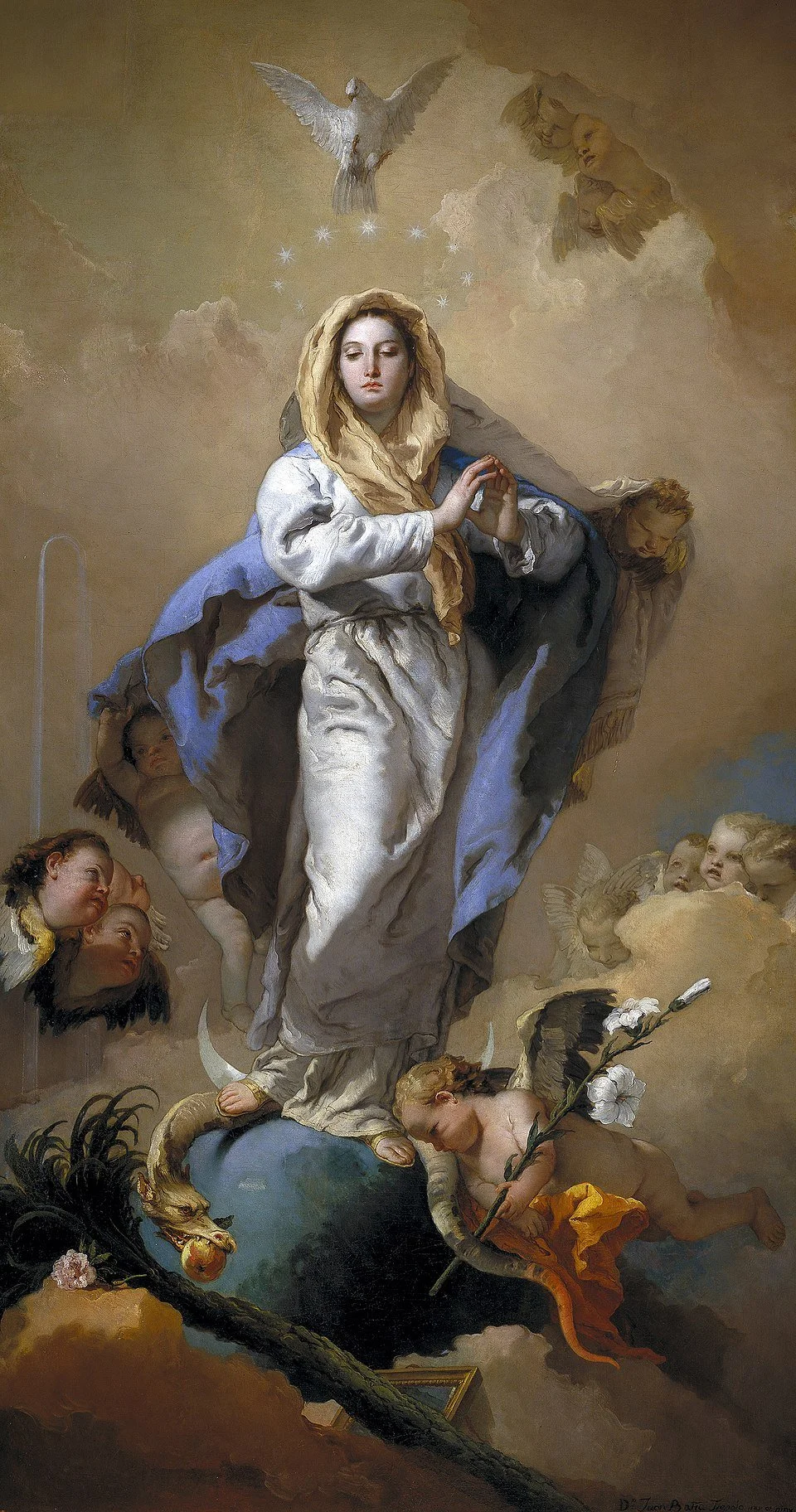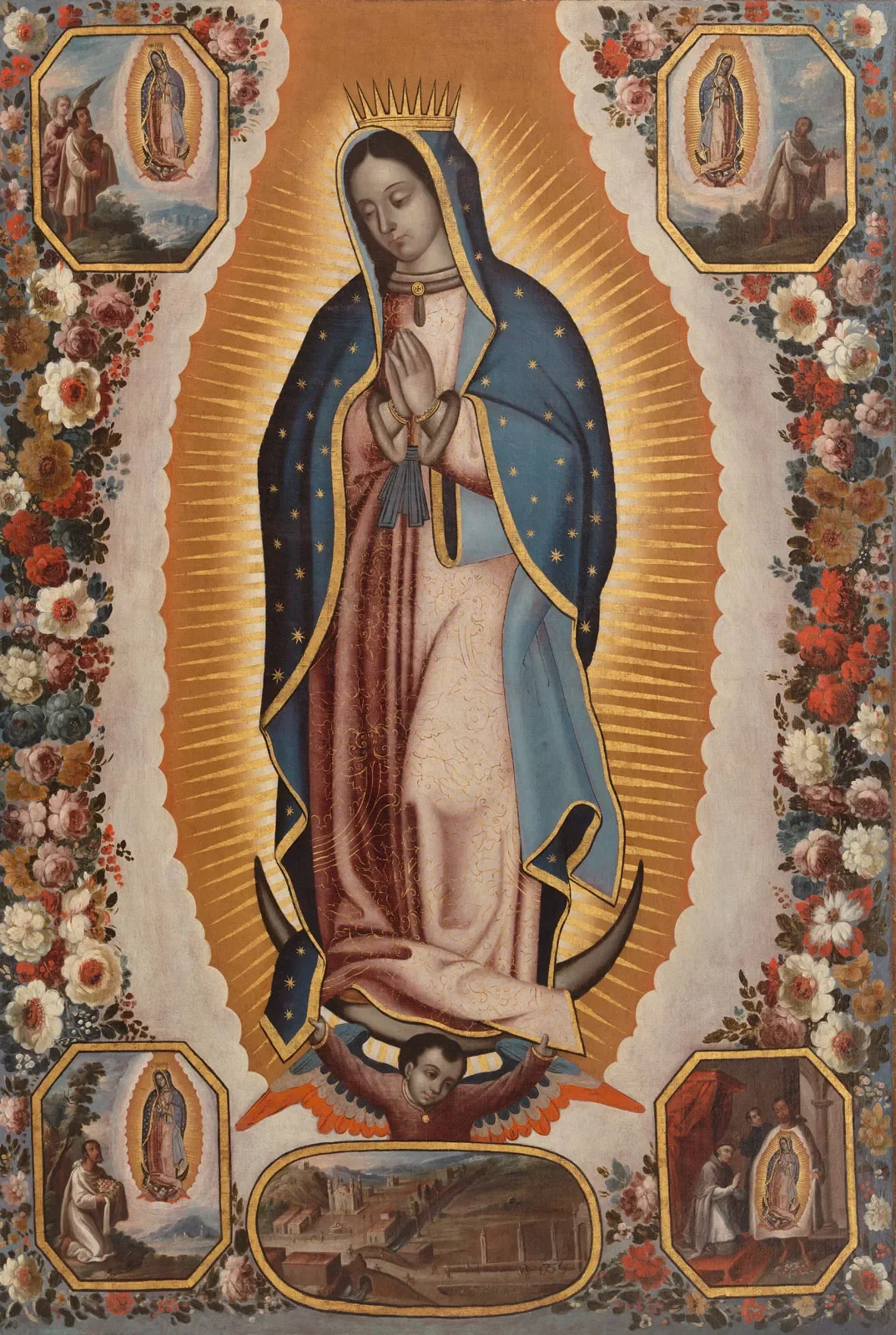
The
Mother Church
of Houston
Celebrating 156 years
Our History
Since our founding in 1869, the Church of the Annunciation has been a cornerstone of both the city's and the Archdiocese of Galveston-Houston’s history.
Established by Fr. Joseph Querat with the support of Bishop Claude Dubuis, the church rose from humble beginnings—built from salvaged bricks of the old Harris County Courthouse and funded through the generosity of Houstonians of all faiths.
Located in the heart of downtown, Annunciation is the oldest church in continuous use of any faith in Houston and has given rise to many parishes in the Archdiocese of Galveston-Houston.
Situated near the old Union Train Station, it served early civic leaders and continues today as a vibrant parish. Annunciation remains on its original site, a testament to faith and resilience in Houston’s spiritual and cultural history.
Today, we continue to serve the faithful of Houston and welcome visitors from around the world. We are proud to carry forward the legacy of those who built a church and a home for generations of believers.
Our Patronesses
Parochial
Our Lady of the Annunciation
Archdiocesan
Our Lady of the Immaculate Conception
The Americas
Our Lady of Guadalupe
History of the Catholic Church in Texas
Our Beginnings
The history of the Catholic Church in Texas began with the arrival of Spanish explorers and Franciscan missionaries in the 16th Century. Missions throughout Texas and the Southwest were established by Franciscan friars for the care of souls.
After the Texas War of Independence (1836), Catholics found themselves cut off from Church authority in Mexico and appealed directly to Rome. In response, Pope Gregory XVI created the Apostolic Prefecture of Texas in 1839, appointing Father John Timon, C.M. as Prefect Apostolic and Father Jean Marie Odin, C.M. as Vice Prefect.
When Father Odin arrived in 1840, only five parishes served roughly 12,000 Catholics across the entire state. Soon, settlers from the United States, France, Germany, Ireland, Italy, Poland, and all other parts of Europe came to Texas, swelling the Catholic population. In 1842, Texas was elevated to a Vicariate Apostolic, and Odin was ordained bishop to care for the Vicariate.
Five years later in 1847, Pope Pius IX established the Diocese of Galveston, naming the Right Reverend Jean Marie Odin its first bishop and dedicating it to the Immaculate Conception of the Blessed Virgin Mary. St. Mary’s Church in Galveston became the cathedral of the new diocese.
The Diocese of Galveston, which encompassed the entire state of Texas, was ministered to by Bishop Odin and ten priests. Bishop Odin continued to serve the Diocese of Galveston until 1861, when he was named Archbishop of New Orleans. He was succeeded by the Right Reverend Claude Marie Dubuis, who like Bishop Odin was a native of France.
Bishop Dubuis saw the diocese through the turmoil of the Civil War years. Following the war, additional parishes, hospitals and schools were established throughout the diocese. In 1874, the diocese was divided for the first time, creating the Diocese of San Antonio to serve western Texas—a clear sign of the Church’s growth across the state.
On December 29, 2004, Pope John Paul II raised the Diocese of Galveston-Houston to the status of a Metropolitan Archdiocese. Archbishop Fiorenza was named the first Archbishop of Galveston-Houston, and Bishop Daniel DiNardo the Coadjutor Archbishop.
Apostolic succession
St. Iraneus, Bishop of Lyon & Martyr
After Pentecost, the Apostles spread the Gospel throughout the world. Among them, St. John the Apostle preached in Ephesus, where his disciple St. Polycarp became bishop of Smyrna. There, Polycarp mentored a young Christian named Irenaeus, who would later serve as Bishop of Lyon in modern-day France.
When persecution broke out in 177, Irenaeus was in Rome assisting the pope with a theological dispute, a mission that likely saved his life. Returning to Lyon, he became bishop and led the local Church through a time of growth and doctrinal confusion.
Irenaeus confronted the heresy of Gnosticism, which claimed that salvation depended on secret knowledge possessed only by a spiritual elite. In his major work, Against Heresies, he showed that the faith of the Church was not hidden or exclusive but handed down openly from Christ through the Apostles. He emphasized the unity of the Church, the goodness of creation, and the saving power of Christ’s humanity.
St. Irenaeus is a foundational figure for both our archdiocese and parish because our first bishop (Bishop Jean Marie Odin) and pastor (Very Rev. Fr. Joseph Querat) come from the Church of Lyon.










